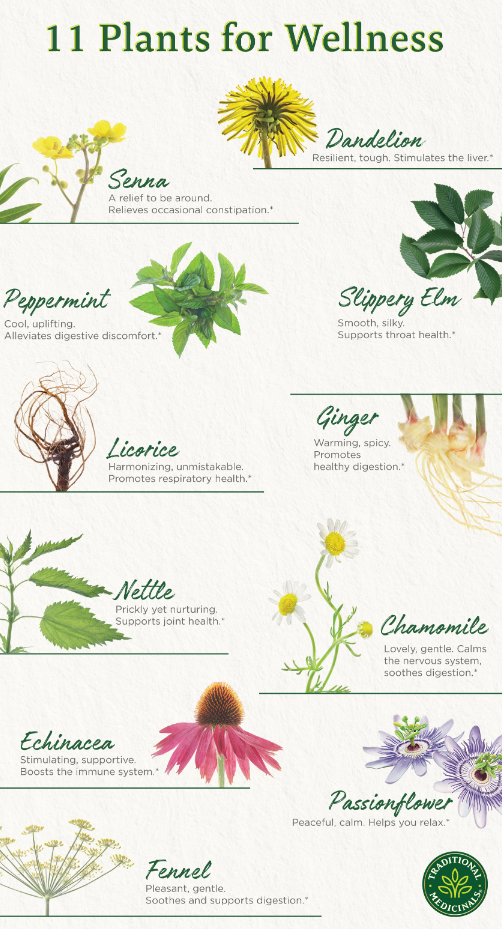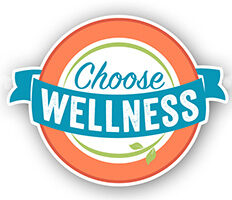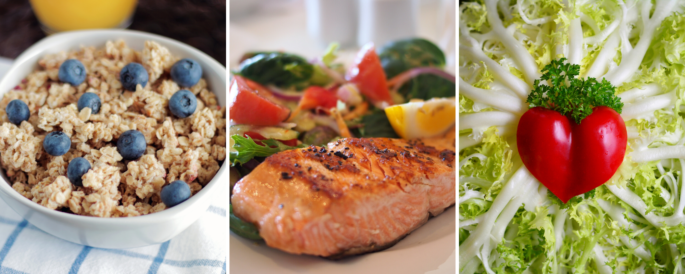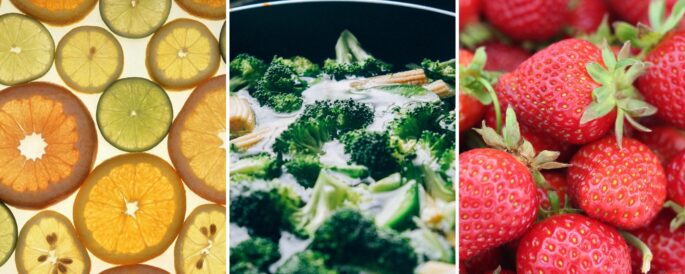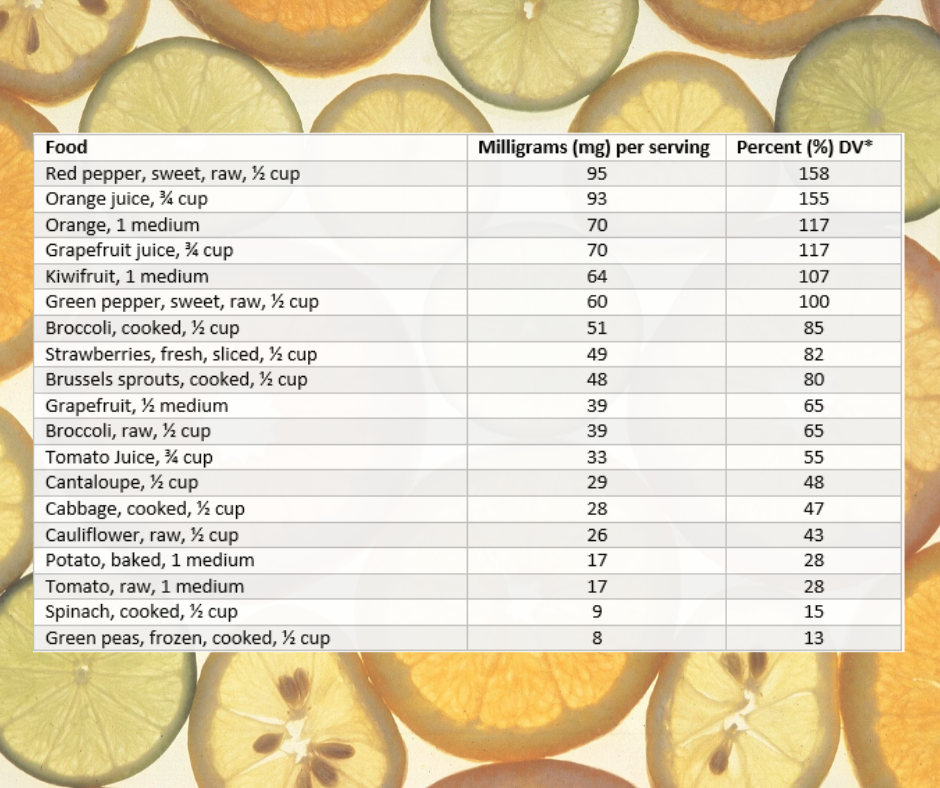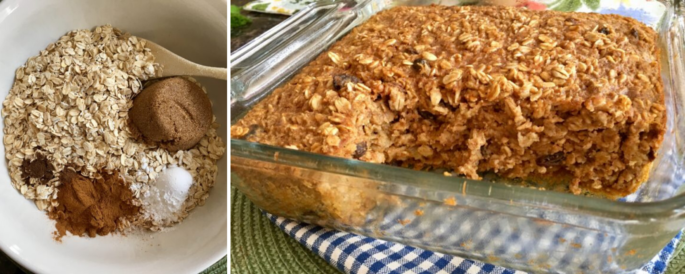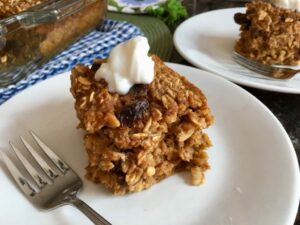Getting the most nutrition for your food budget starts with a little extra planning before you shop. There are many ways to save money on the foods that you eat. Here are some budget-friendly tips for eating right.
Cook more, eat out less
Eating out can be expensive, and many foods can be
prepared for a lot less money (and healthier) at home.
Pre-packaged foods, like frozen dinners and
packaged pasta or rice mixes can also add up when
you calculate the cost per serving. It’s better to find
a few simple and healthy recipes that your family
enjoys and save convenience items and eating out for
special occasions.
Plan what you’re going to eat
Deciding on meals and snacks before you shop can
save both time and money. Review recipes and
make a grocery list of what ingredients are needed,
then check to see what foods you already have and
make a list for what you still need to buy. Plus,
when shopping with a list you will be less likely to
buy things that are not on it. To “Create a Grocery
Game Plan”, visit www.ChooseMyPlate.gov.
Decide how much to make or buy
Making a large batch by doubling a recipe will save
time in the kitchen later on. Extra portions can be
used for lunches or meals later in the week, or
frozen as leftovers in individual containers for
future use. Plus, purchasing ingredients in bulk is
almost always cheaper.
Determine where to shop
Check the local newspaper, online and
at the store for sales and coupons,
especially when it comes to more
expensive ingredients, such as meat
and seafood. While at the store,
compare prices of different brands and
different sizes of the same brand to see
which has a lower unit price. The unit
price is usually located on the shelf
directly below the product.
Shop for foods that are in season
Fresh fruits and vegetables that are in
season are usually easier to get and
may be a lot less expensive. Frozen and
canned produce are also good options and
may be more affordable at certain times of the
year. Look for fruit that is canned in 100%
juice or water and canned vegetables that are
labeled “low in sodium” or “no salt added”.
Watch portion sizes
Eating too much of even lower cost foods and
beverages can add up to extra dollars and
calories. Use smaller plates, bowls and glasses
to help keep portions under control. Fill half
your plate with fruits and vegetables and the
other half with grains and lean meat, poultry,
seafood or beans. This is an easy way to eat a
balanced meal while controlling portions and
cost. To complete the meal, add a glass of fat free
or low-fat milk or a serving of fat-free
yogurt for dessert.
Focus on nutritious, low-cost foods
Certain foods tend to be less expensive, so
you can make the most of your food dollars
by finding recipes that use the following
ingredients: beans, peas, and lentils; sweet or
white potatoes; eggs; peanut butter; canned
salmon, tuna or crabmeat; grains such as oats,
brown rice, barley or quinoa; and frozen or
canned fruits and vegetables.
Make your own healthy snacks
Convenience costs money, so many snacks,
even healthy ones, usually cost more when
sold individually. Make your own snacks by
purchasing large tubs of low-fat yogurt or
cottage cheese and dividing them into smaller
containers. For trail mix, combine unsalted
nuts, dried fruit and whole grain pretzels or
cereal; store small portions in airtight
containers. Air-popped popcorn and whole
fresh fruits in season also tend to cost less
compared to pre-packaged items.
Quench your thirst with water
Water from the tap is a low cost way to
stay hydrated. Substituting plain water in
place of sweetened beverages can not only
save you money but also help you reduce
extra calories from added sugars.
Food, Nutrition and Health Tips from the Academy of Nutrition and Dietetics
